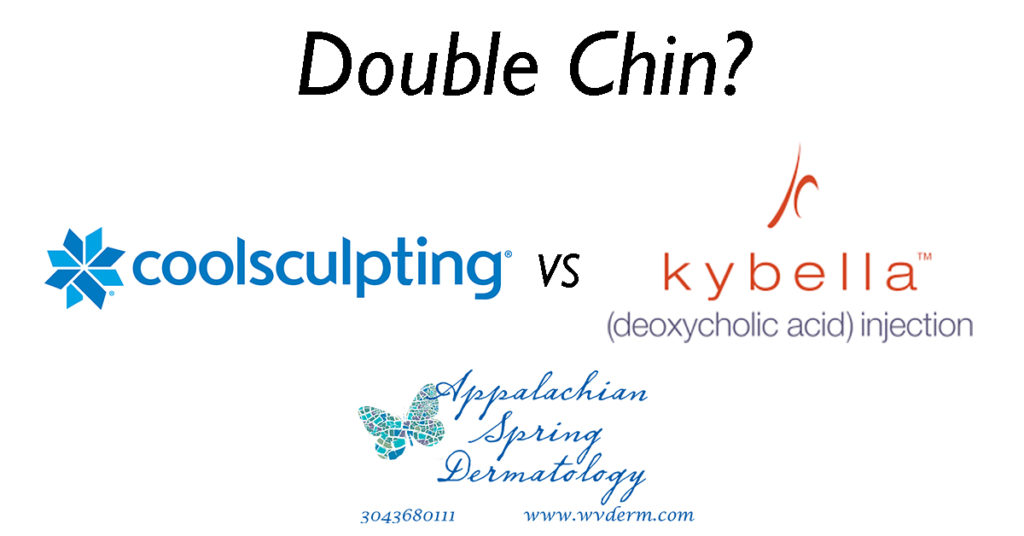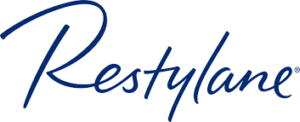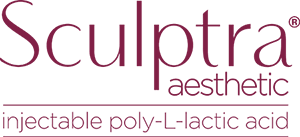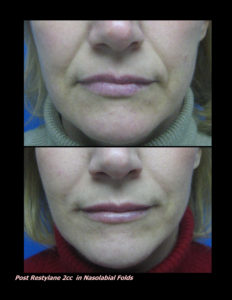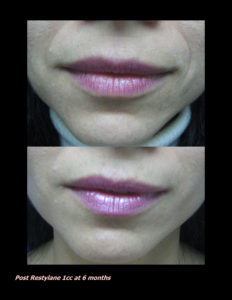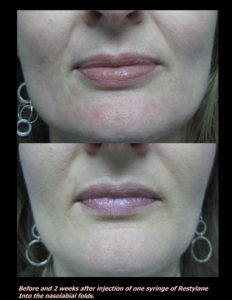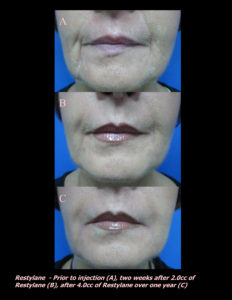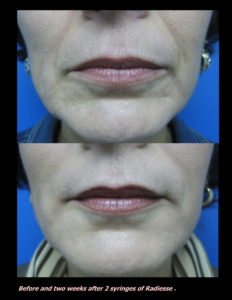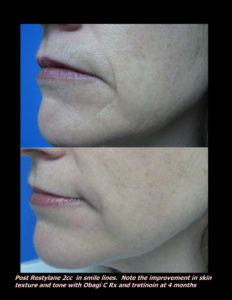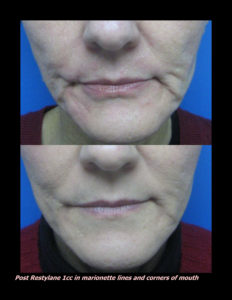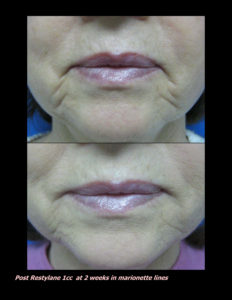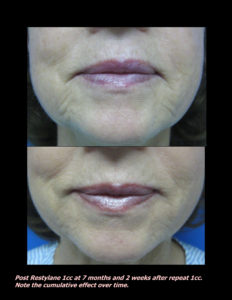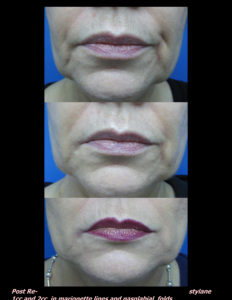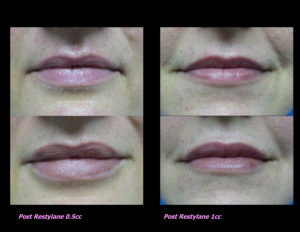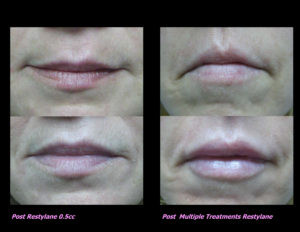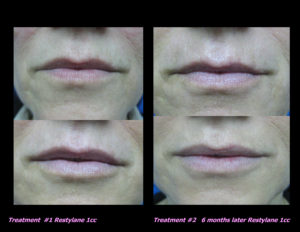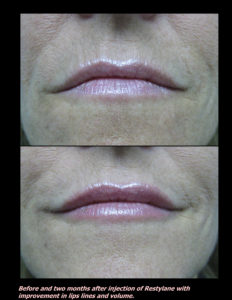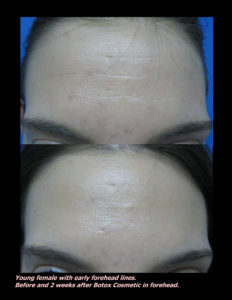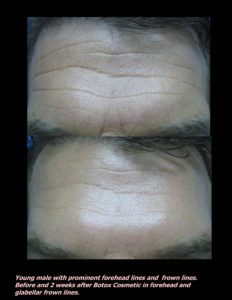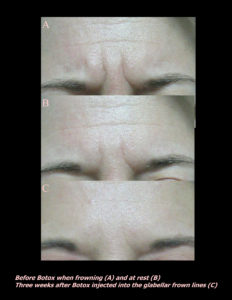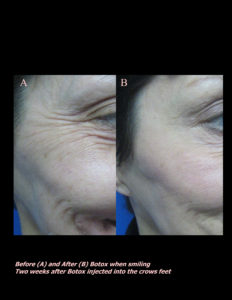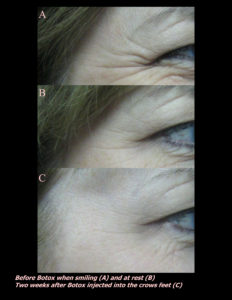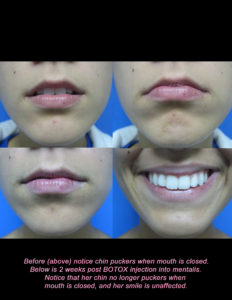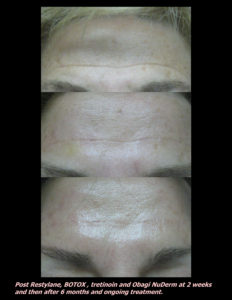Acne is a widespread disorder that we treat in the office. From babies to the elderly, it impacts how we present ourselves to the world each day. Clear skin is always our goal. We want your skin to be not just good, but great! With a little work and some help from medications, you can have clear skin!
But why do I have acne?
That is complicated because acne is a multifactorial disorder. Let’s look at each facet separately. Hopefully, this will help you understand the various aspects of treatment as well!
Clogged pores! Acne generally begins with a clogged pore called a comedone. Pores get clogged for two main reasons. First, the skin sometimes does not grow and shed correctly; for lack of a better simple description, dead skin clumps in the pores. Second, the sebaceous glands produce excess oil or sebum that further clogs the pores. The combination of these two things leads to blackheads and whiteheads. I like to emphasize that this process can happen independently of how well we wash our skin. In fact, over scrubbing the skin can make acne worse. To improve this facet of acne, we use medications that decrease sebum and help the skin grow more healthily.
Bacteria! Once we have clogged pores, the bacteria that commonly participate in acne called Cutibacterium acnes (C. acnes) get into the clogged pores and begin to feed off the contents of the clogged pore. Traditionally, C. acnes has been the most common bacteria involved in acne. However, I often find that those with treatment-resistant acne also have other bacteria growing on their skin. For this reason, we often do a bacterial culture of one of the whiteheads. The bacterial culture tells us precisely what kind of bacteria is growing AND exactly which topical and oral treatments will most effectively kill that bacteria.
Inflammation! The bacteria cause the skin to produce inflammatory mediators that result in the redness, inflammation, tenderness, and swelling that can be seen in more juicy red pimples and deep under the skin lesions.
Hormones! Hormonal changes can drive all of this, which is why we see acne most often in babies, developing teens, and menopausal women who are all undergoing hormonal changes. In more severe cases, we often will test the blood for hormonal levels. Those with altered hormone levels can benefit from oral medications that help normalize the hormones. Usually, acne is driven by increased levels a few hormones, including testosterone, DHEA, progesterone, growth hormone, and Insulin-Like Growth Factor.
Stains and Scars! Many people are just as bothered by the marks left behind after acne leaves as they are by the acne lesions themselves. I like to divide these marks into two categories, stains, and scars. Stains are temporary discoloration from either a bruise-like effect or increased pigmentation at the site of old acne lesions. These can take months to fade but will fade in time. Scars are deeper, more traumatic, and more likely to stay for decades. In all cases, the more we pick or traumatize the lesions, the more likely we are to have stains and scars. Fingers OFF!
Food! Generally, food has little to no impact on acne. Some people flare with different foods, and if so, I recommend they avoid those foods. However, no food is off-limits when it comes to acne in my book. Always eat healthily. Drinking water never hurts, but it is impossible to drink enough water to fix your skin. There are a few exceptions to this rule. There was one study that showed that hormones in milk and other dairy products might increase acne. However, most milk no longer contains hormones. Other studies suggest that acne is worsened by a high sugar or high glycemic diet.
Acne Treatment
For almost all acne treatment regimens, most doctors tell their patients that they will get worse for the first 8-12 weeks. You want results NOW, not in 12 weeks. Dr. Rosenberger is pretty aggressive in treating acne and works to target each stage of acne. By doing this, most of her patients are somewhat improved by their six-week visit. You must return for a follow-up. Dr. Rosenberger will see you at six to 12-week intervals until you are clear or very close to clear. If you do not follow up, and if you do not use your medications, you will not have the most effective response. Dr. Rosenberger also likes to taper down your medication as you get better, working to have you as “clear as possible on as little medicine as possible.” She has a set way of doing this that she tailors to each patient.
Treatment for Blackheads and Clogged Pores- the first stage of acne.
As stated above, acne generally gets started because the pores are clogged with our own dead skin that does not shed as well as it should. This, combined with the dirt and oils on our skin, leads to clogged pores and blackheads. Many OTC regimens do not specifically target this beginning stage of acne. For this reason, OTC regimens, including systems like Proactiv, do not lead to long term clearance. Not targeting the beginning lesion of acne leads to just “putting a bandaid on lesions as they come.” We want to stop acne from the earliest stage.
Topical Retinoids – Topical retinoids, vitamin A derivative creams, include RetinA or tretinoin, Aklief, Differin/adapalene, Epiduo, and Epiduo Forte, and Tazorac/Fabior. Retinoids work in a variety of ways. These medications may initially irritate the skin because they cause the skin to peel. By forcing the skin to peel initially, these medications remove all of the old dead skin, clogging the pores. After the initial transition phase with redness and peeling, which may last 6-18 weeks, the skin begins to shed in a normal, healthy way. In the long term, these medications improve skin texture and tone, reducing pore size, and building up collagen. Building up collagen helps reduce the appearance of acne scars with time. If you have irritation that persists beyond 12-18 weeks, Dr. Rosenberger may reduce the strength or change your retinoid. These medications are traditionally used at night because RetinA and tretinoin are broken down and inactivated by sunlight. It is very important to stick with these medications. In the long term, this is the medication acne patients should never stop. Every time you do stop and start, you WILL have the same peeling and redness that you had initially. If you feel like your skin is too dry, you can add Cetaphil cream as needed. Other options to manage this include a ZO facial peel, ZO Exfoliation Accelerator, or ZO Enzymatic Peel, an at-home peel.
Salicylic Acid – Salicylic acid is the acid form of aspirin. It helps acne in two major ways. First, just like aspirin, it can be anti-inflammatory, helping to calm down red, irritated skin lesions. Secondly, salicylic acid also can help break down dead skin and help skin shed as it should. Salicylic acid can be found in acne washes, acne topicals, and chemical peels. The ZO skin care line we sell in the office includes products that contain salicylic acid in both the wash and the pore and oil control therapy. It is most appropriate for those with oily skin and lots of clogged pores. It works great on stubborn clogged pores. The ZO Facial Peels we offer in the office also utilize salicylic acid.
Topical Antibiotics
Topical Sulfur and Sodium Sulfacetamide – These ingredients are old fashioned treatments for acne and rosacea making their way around again because they are incredibly effective. There are topical creams, masks, washes, and pre-medicated cleansing cloths. Name brands include Plexion and Avar, but there are MANY generics. These help kill bacteria and are very anti-inflammatory. Dr. Rosenberger likes the medicated cleansing cloths formulation for their ease of use. These cloths make an excellent cleanser. They are individually packaged and just require a little water to be added. She recommends these for athletes and those who work in an acne-causing environment. These work great on back and chest acne because they do not bleach clothing like benzoyl peroxide washes. The ZO skin care line also includes a Sulfur Masque. The Sulfur Masque is also used in the ZO Acne Facial Peel.
Topical Benzoyl Peroxide– Helps to kill C. acnes, the bacteria involved in acne. This ingredient is commonly seen in OTC medications. There are prescription-strength creams and gels as well. Unfortunately, many studies have shown that many people who have used these medications have developed bacteria resistant to this medication, which is why combination medications described below were developed. REMEMBER – products containing Benzoyl peroxide can bleach washcloths, pillowcases, and clothing, so be very careful.
Topical Clindamycin- this is another topical antibiotic that has been shown to be effective in killing C. acnes, the bacteria that is involved in acne. There are lotions, creams, gels, and solutions available. Unfortunately, several studies have shown that many people who have used these medications also have developed bacteria that are resistant to this medication. This is why the combination medications described below were developed.
Combination Topical Clindamycin and Benzoyl Peroxide – These topical medications were designed to treat those resistant to the above antibiotics. The use of these medications is also less likely to trigger resistant bacteria in the future. There are a number of trade name products – Benzaclin, Acanya, Onexton & Duac. All have the same active ingredients.
Oral Antibiotics
Oral antibiotics in the tetracycline class have been used for acne for many years. In our experience, patients have a quicker and more thorough improvement when oral antibiotics are added to their regimen. The most common side effects of these medications are GI upset. These medications are often taken long term, even many years, to help keep acne under control. However, recent studies have shown that we can often gradually reduce the dose to a very low dose with time. These newer “low dose” regimens help acne by their anti-inflammatory effect without affecting bacteria levels. The two most commonly used antibiotics are doxycycline and minocycline.
Doxycycline – Most common side effects include GI upset and sun sensitivity. The maximum and starting doses are 100mg twice a day. The original low dose studies were done with doxycycline. Often one can take as little as 20mg twice a day to effectively treat acne. Name brands of these low dose medications to include Oracea (40mg) and Periostat (20mg twice a day), and Targadox (50mg). Often Dr. Rosenberger prescribes generic doxycycline. However, for those who cannot take a pill, name brand Doryx delayed-release tablets can be crushed and mixed into foods.
Minocycline – Maximum and starting doses are 100mg twice a day. GI upset and sun sensitivity are rare. However, there are two rare side effects, which include a lupus-like reaction which resembles a flu-like illness, and a blue-gray discoloration. These side effects are rare, but Dr. Rosenberger has seen them both. The blue-gray discoloration can appear in scars, ears, eyes, teeth, and other cartilage areas; this is seen most often only in those who have been on minocycline for an extended period. Often Dr. Rosenberger prescribes generic minocycline. However, there are low dose extended-release forms of minocycline, Ximino, and Solodyn, that have a superior side effect profile. These are dosed based on the patient’s weight, which can dramatically reduce the amount of medication a patient receives and thus reduce long term risk of the blue-gray discoloration.
Treatment for Severe Nodular or Cystic Acne
A dermatologist should treat people with nodules or cysts. For patients with severe inflammatory acne that does not improve with medicines such as those described above, a doctor may prescribe isotretinoin, which is a form of Vitamin A (name brands –Accutane, Amnesteen, Claravis, and Sotret). It markedly reduces the size of the oil glands so that much less oil is produced. As a result, the growth of bacteria is decreased.
Advantages of Isotretinoin (Accutane) Isotretinoin is a very effective medicine that can help prevent scarring. After 15 to 20 weeks of treatment with isotretinoin, acne completely or almost completely goes away in up to 90 percent of patients. In those patients where acne recurs after a course of isotretinoin, the doctor may institute another course of the same treatment or prescribe other medicines.
Disadvantages of Isotretinoin (Accutane) Isotretinoin can cause congenital disabilities in the developing fetus of a pregnant woman. It is essential that women of childbearing age are not pregnant and do not get pregnant while taking this medicine. Women must use two separate effective forms of birth control simultaneously for one month before treatment begins, during the entire course of treatment, and for one full month after stopping the drug. They should ask their doctor when it is safe to get pregnant after they have stopped taking Accutane.
Other Considerations Some people with acne become depressed by the changes in the appearance of their skin. Changes in mental health may be intensified during treatment or soon after completing medicines like Accutane. A doctor should be consulted if a person feels unusually sad or has other symptoms of depression, such as loss of appetite or trouble concentrating. Most patients treated with Isotretinoin have reduced depressive symptoms after treatment because they are so happy with their healthy new skin.
Other possible side effects include dry eyes, mouth, lips, nose, or skin; itching; nosebleeds; muscle aches; sensitivity to the sun; and, sometimes, poor night vision. More serious side effects include changes in the blood, such as an increase in triglycerides and cholesterol, or a change in liver function. To make sure Accutane is stopped if side effects occur, the doctor monitors blood studies that are done before treatment is started and periodically during treatment. Side effects usually go away after the medicine is stopped.
Treatments for Hormonally Influenced Acne in Women
Clues that help the doctor determine whether acne in an adult woman is due to an excess of androgen hormones are hirsutism (excessive growth of hair in unusual places), premenstrual acne flares, irregular menstrual cycles, and elevated blood levels of certain androgens like DHEA and Testosterone. Birth control pills can be prescribed to help with hormonally induced acne. It is important to realize that not all birth control pills make acne better, and many make it worse. Here’s why. Most birth control pills contain both estrogen and a type of progesterone. Estrogen is the primary female hormone and has less of an effect on acne. The progesterone varies between each type of birth control pills. Some types of progesterone are highly androgenic (contain lots of the male hormone androgen properties), some are low androgenic, and others are anti-androgenic. I recommend Yasmin or Yaz as a birth control pill of choice for women with hormonally induced acne. The progesterone in Yasmin or Yaz is anti-androgenic. For women who are no longer able to have children, we can use spironolactone. Spironolactone is a diuretic that contains anti-androgenic side effects. This medicine can impact potassium levels, so potassium needs to be monitored.
Other Treatments for Acne
Doctors may use other types of procedures in addition to drug therapy to treat patients with acne. For example, the doctor may remove the patient’s comedones during office visits. Sometimes the doctor will inject cortisone directly into lesions to help reduce the size and pain of inflamed cysts and nodules. These techniques are often reserved for patients not responding to other methods because they can cause scarring. We almost NEVER do either of these things.
Chemical peels can also be used to help those with large pores and lots of comedones. For acne, we use a type of chemical peel called salicylic acid. This acid is fat-soluble, so it is attracted to the clogged and dilated pores. It works by breaking down the adhesion of the contents in the blackheads to be more easily shed when the skin “peels.” We now offer ZO Acne Facials, which include a chemical peel with salicylic acid.
Photodynamic Therapy for Acne Treatment
Photodynamic Therapy is a procedure that uses a topical medicine called aminolevulinic acid ( name brands are Levulan and Ameluz. These treatments can be beneficial, but are usually reserved for patients who have failed other treatments or who can not take oral medications and Accutane for some reason. Although some insurance companies may reimburse for a portion of the cost of treatment, the entire cost of treatment is often not covered by the insurance company. The cost of the treatment is 600/per session, and usually, 3-4 treatments are required as well as maintenance treatments. The majority of the cost is the solution we apply called Levulan or Ameluz, which is $290-450. Some patients can get this medication using their pharmacy benefits to reduce the cost of the procedure. Payment is required in full before each treatment. Any amount reimbursed by your insurance company will then be directly refunded to you. If you would like to check on your insurance company’s reimbursement, you will need the following codes – 99211 modifier 25, 17111, J7308 for the Ameluz solution, Diagnosis of Acne Vulgaris ICD9 L70.0.
Treatment for Acne Scars
Step 1 – Completely clear the acne. Do not pick!
Step 2 – Continue a topical retinoid to help with acne scarring along with other maintenance medications needed.
Step 3- Consider Laser Genesis or Microneedling.
Early aggressive treatment and avoiding picking at lesions is the best way to prevent acne scars. Once scarring has occurred, a laser may be used to treat irregular scars. We use a treatment called Laser Genesis to help stimulate collagen and improve color in acne scars. The benefit of Laser Genesis is that there is no downtime, but it can take months to see the full result. Another treatment for acne scarring is subcision, which involves freeing up the depressed scars from the underlying tissue. Dermabrasion (or microdermabrasion), a form of “sanding down” scars, is sometimes combined with the subsurface laser treatment; however, Dr Rosenberger prefers to use more effective and less invasive treatments. The newest modality available for treating acne scarring is microneedling. In this procedure, the device pokes thousands of holes in the skin to help stimulate new healthy skin through the old scars. It works quite well but does also have a few days’ downtime. Insurance does not pay for any of the procedures available for acne scarring.
How Should People With Acne Care for Their Skin?
Clean Skin Gently Most doctors recommend that people with acne gently wash their skin with a mild cleanser, once in the morning and once in the evening, and after heavy exercise. Some people with acne may try to stop outbreaks and oil production by scrubbing their skin and using strong detergent soaps and rough scrub pads. However, scrubbing will not improve acne; in fact, it can make the problem worse. Patients should wash their face from under the jaw to the hairline. It is essential that patients thoroughly rinse their skin after washing it. Astringents are unnecessary unless the skin is very oily, and then they should be used only on oily spots. We also recommend that patients regularly shampoo their hair. Those with oily hair should shampoo it every day. Females should tie up their hair while drying and at night while sleeping.
My preferences for OTC skincare- I prefer Neutrogena Oil-Free acne wash, Cetaphil deep cleansing bar, Cetaphil gentle cleansing wash for those with dry or irritated skin, and the Cetaphil Oil Control. For more advanced cleansing, I like ZO Exfoliating facial cleanser and sulfur-based prescription washes and cloths.
Avoid Frequent Handling of the Skin People who squeeze, pinch, or pick their blemishes risk developing scars or dark blotches. People should avoid rubbing and touching their skin lesions.
Shave Carefully Men who shave and who have acne can test both electric and safety razors to see which is more comfortable. Men who use a safety razor should use a sharp blade and soften their beard thoroughly with soap and water before applying shaving cream. Nicking blemishes can be avoided by shaving lightly and only when necessary. When we shave, we make hundreds of microscopic nicks in the skin. Bacteria on the skin rush into the open pores and nicks in the skin. Those with acne irritated by shaving and lots of ingrown hairs may want to consider laser hair removal. My husband favors Neutrogena Men’s Shave Gel. After shaving, those with acne in the beard area should use a topical antibiotic such as Clindagel in the freshly shaved area to avoid bacteria entering the pores. I prefer the non- benzoyl peroxide topicals because otherwise, shirt collars end up bleached by the benzoyl peroxide.
Avoid a Sunburn or Suntan Many of the medicines used to treat acne can make a person more prone to sunburn. The retinoids peel off your dead skin and leave a fresh new baby layer of skin more prone to sunburn. A sunburn that reddens the skin or suntan that darkens the skin may make blemishes less visible and make the skin feel drier. However, these benefits are only temporary, and there are known risks of excessive sun exposure, such as more rapid skin aging and a risk of developing skin cancer. Scars will take longer to fade if continually stimulated by the sun. When we are trying to improve scars, we work to build up collagen. Sunlight and UV exposure breaks down collagen and impairs healing of scars. Many with acne are hesitant to wear sunscreens. Look for one that is labeled non-comedogenic/doesn’t clog pores.
Choose Cosmetics Carefully People being treated for acne often need to change some of the cosmetics they use. All cosmetics and moisturizers, such as foundation, blush, eye shadow, and moisturizers, should be labeled NON-COMODOGENIC/Doesn’t clog pores. If a product does not say this, it will clog your pores and make your acne worse. Patients may find it difficult to apply foundation evenly during the first few weeks of treatment because the skin may be red or scaly, particularly with topical tretinoin or benzoyl peroxide. Oily hair products, especially hair pomades, may eventually spread over the forehead, causing closed comedones. I prefer and recommend Oxygenetix Sunscreen sold in the Spring Boutique as a foundation for acne-prone skin.
What about the skin care line we sell in the Spring Boutique? ZO Skin Care Line Standouts!
ZO skincare is the latest innovation of Dr. Zein Obagi. You can learn more and shop here. Products can be purchased in the office or online. Products designed to treat acne include:
Exfoliating Cleanser –Exfoliating cleanser for normal to oily skin.
Sulfur Masque – I often recommend this if a patient’s insurance does not cover the prescription sulfur washes.
Oil Control Pads – pads that contain salicylic acid as well as a number of anti-inflammatory agents.
Acne Control– Contains prescription strength 10% benzoyl peroxide as well as other anti-inflammatory ingredients. Great for a spot treatment.
Instant Pore Refiner – Refines enlarged pores by minimizing the amount of oil on the surface of the skin for a shine-free, matte appearance. Also works to exfoliate dead skin cells around pores and reduce inflammation.
Enzymatic Peel– This at home chemical peel can be a real social life saver to those who are frustrated with the peeling from retinoids. No downtime, but great results.
Sunscreen + Primer and NEW Powder Sunscreen – a high SPF chemical sunscreen that leaves a super smooth matte finish for those who have oily skin.
FINAL THOUGHTS FOR ACNE PATIENTS
FOLLOW UP & CONSISTENCY IS ESSENTIAL! Remember that we shed our skin every 6-8 weeks. That means your skin WILL NOT be better in 6-8 days. It takes time. Realistically it will take 2-3 months to see a consistent, long-lasting change toward long term clearer skin.
IF YOU WANT TO BE BETTER, IT TAKES TIME AND ENERGY! Use your medications as directed. If you are having trouble with medicine not agreeing with you or if something is too expensive, LET US KNOW! We want to help. You can reach us and fully describe your problem at the Patient Portal or using the Healow app. Under the “Ask the Doctor” feature, you can send a message directly to your doctor, and we can reply directly to YOU!
COME TO YOUR FOLLOW UP VISIT! This is where we tweak things up, to optimize your regimen for CLEAR SKIN!
NEW! ACNE 12 WEEK GET CLEAR PLAN
What is it? An advanced acne treatment regimen for those who want quick results and are willing to invest time, energy, and resources to make it happen.
OK, But what is it? A structured, but individually tailored, plan utilizing our 15 years of experience, close follow-up and in office treatments.
OK, But what is it really and what is the cost?
Initial Visit (Week 0) (Copay/Insurance Billed or $125 self pay)
- VISIA analysis and baseline photos
- Consultation with Doctor or Nurse Practitioner
- Skin culture
- Prescriptions for oral and topical treatment
- BLU-U Blue Light Acne treatment
Follow Up Visits at Weeks 4, 8 and 12.
(Copay/Insurance Billed + $100 OR $175 self pay)
- VISIA analysis and photos
- Consultation with the Doctor or Nurse Practitioner to review and tailor a prescription regimen
- ZO Acne Facial with additional BLU-U Treatment
BLU-U Blue light acne treatments twice a week. (Package of 20/$400)
Photodynamic Therapy at 6 weeks ($450 if insurance does not cover Levulan)
Because of the structured nature of this plan, we will have:
- Scheduled start dates each month.
- Pre-scheduled and reserved days for visits and facials
- Limited availability.
If you know someone who may find this article helpful, please share it with them! Follow us on social media this week, and subscribe to our growing YouTube channel!
If you would like to receive these posts in your email inbox, Subscribe to our Site!
|
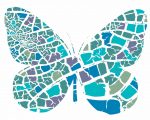




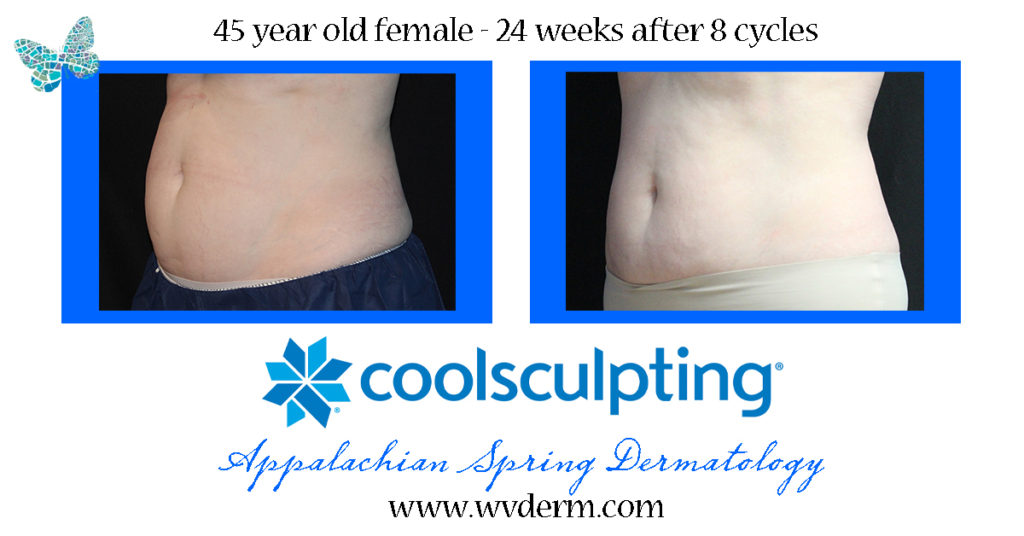
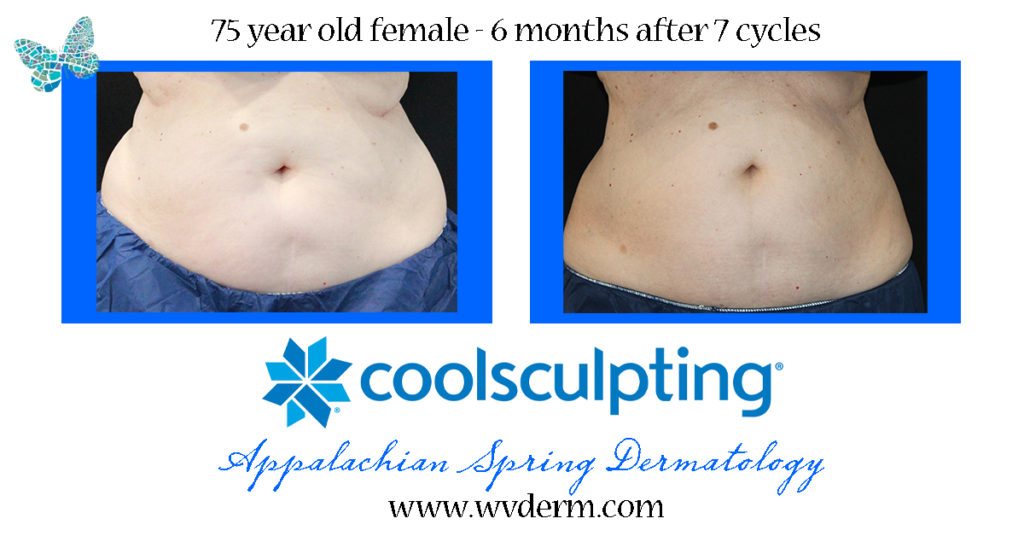
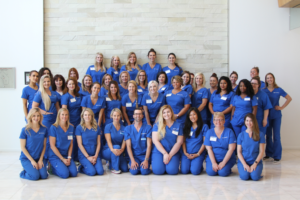
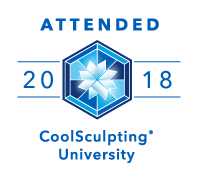
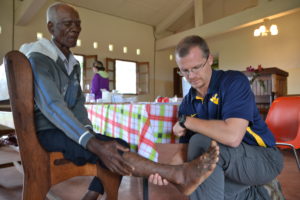

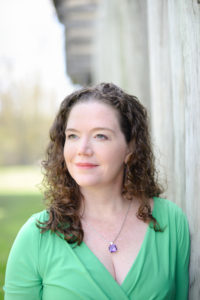
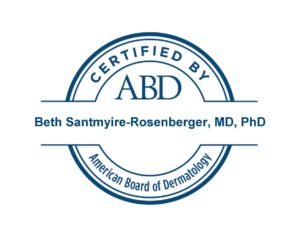

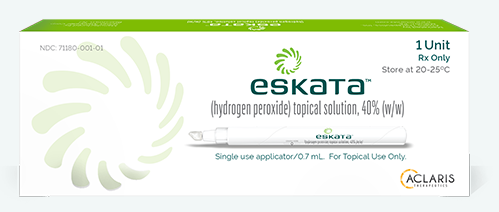

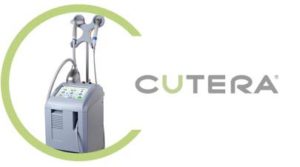 Laser Vein Reduction Treatments
Laser Vein Reduction Treatments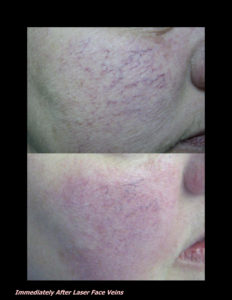
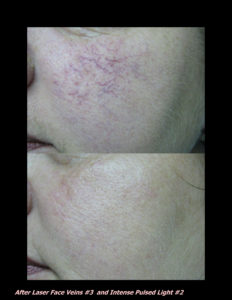
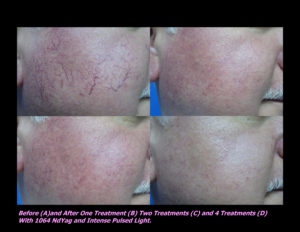
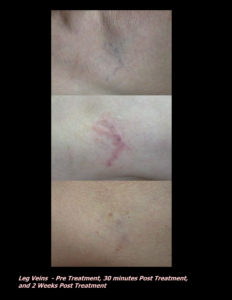
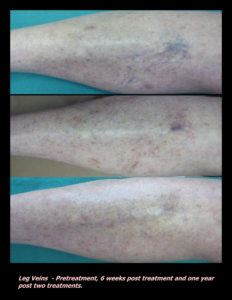
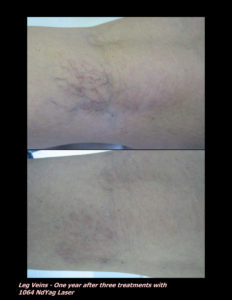
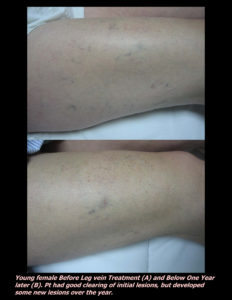
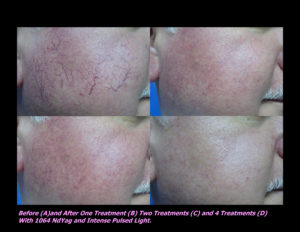
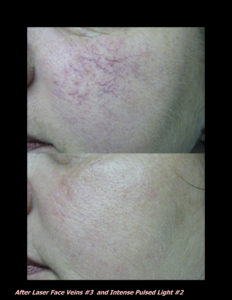
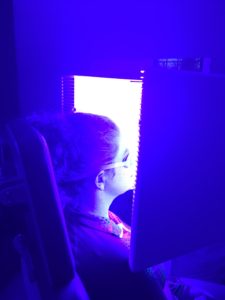
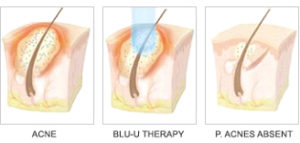
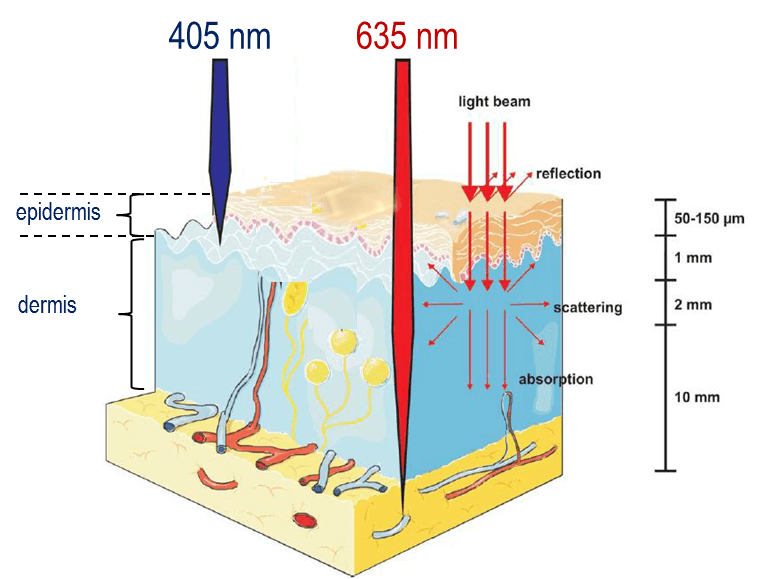
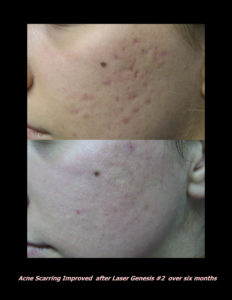
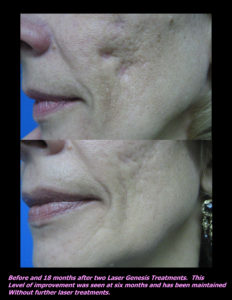
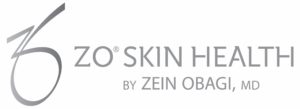

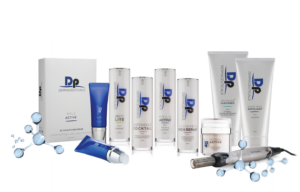 DP Dermaceutical Products
DP Dermaceutical Products